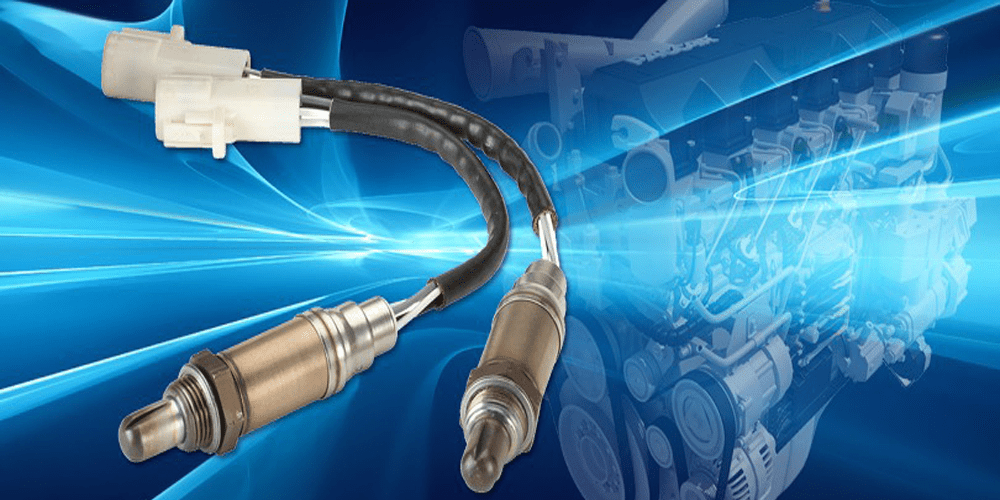o2 Delete
If you’re looking for ways to improve the performance of your car, you may have heard of O2 deletes and decatting. These modifications are designed to remove or replace the catalytic converter and O2 sensors from the car’s exhaust system. In this article, we’ll explore O2 deletes and decatting in more detail, and the benefits they offer.
What are O2 Deletes and Decatting?
O2 deletes and decatting both involve modifying the car’s exhaust system to improve performance. O2 deletes involve removing the oxygen sensors from the car’s exhaust system, while decatting involves removing or replacing the catalytic converter. The catalytic converter is a device that reduces emissions by converting harmful gases into less harmful ones.
Why do People Perform O2 Deletes and Decatting? There are several reasons why people choose to perform O2 deletes and decatting, including:
- Improved Performance: By removing or replacing the catalytic converter and oxygen sensors, the car’s exhaust system is less restrictive, allowing for improved airflow and increased horsepower. This can result in improved performance and a more exciting driving experience.
- Reduced Maintenance Costs: Catalytic converters and oxygen sensors can be expensive to replace if they fail. By removing them, car owners can save money on maintenance costs over the long term.
- Customizable Performance: By modifying the car’s exhaust system, car owners can customize the car’s performance to their liking. They can choose a system that provides a deep, throaty exhaust note or one that is quieter and more refined.
- Pass Emissions Tests: In some regions, cars need to pass emissions tests to be road legal. If the car’s catalytic converter or oxygen sensors fail, the car may not pass the test. By removing or replacing these components, car owners can ensure that their car passes emissions tests more easily.
How is O2 Deletes and Decatting Done?
O2 deletes and decatting are usually done by a specialist who can modify the car’s exhaust system safely and correctly. The process can involve removing or replacing the catalytic converter, as well as removing the oxygen sensors. The specialist will need to know the make and model of the car, as well as the engine type, to ensure that the right modifications are made. The process can take a few hours, depending on the car’s complexity, and the specialist will need to test the car’s performance after the modifications to ensure that everything is working correctly.
Is O2 Deletes and Decatting Legal?
O2 deletes and decatting are illegal in many regions, including the United States and Europe. Catalytic converters and oxygen sensors are required by law to reduce emissions, and removing them can result in fines and legal issues. Car owners who perform O2 deletes and decatting should check local laws and regulations before proceeding.
Benefits of Mapping Out If you perform O2 deletes and decatting, you may also want to consider mapping out the car’s engine control unit (ECU). The ECU is responsible for controlling the car’s engine and emissions, and mapping it out involves modifying the settings to improve performance. Mapping out can help optimize the car’s performance, especially after modifications like O2 deletes and decatting. It can also help improve fuel efficiency and reduce emissions.
Conclusion
O2 deletes and decatting can be useful modifications for those who want to improve their car’s performance, reduce maintenance costs, or customize their car’s performance. However, it’s important to check local laws and regulations before proceeding and to work with a reputable specialist who can perform the modifications safely and correctly. Mapping out the car’s engine control unit can also be beneficial, especially after modifications like O2 deletes and decatting.


